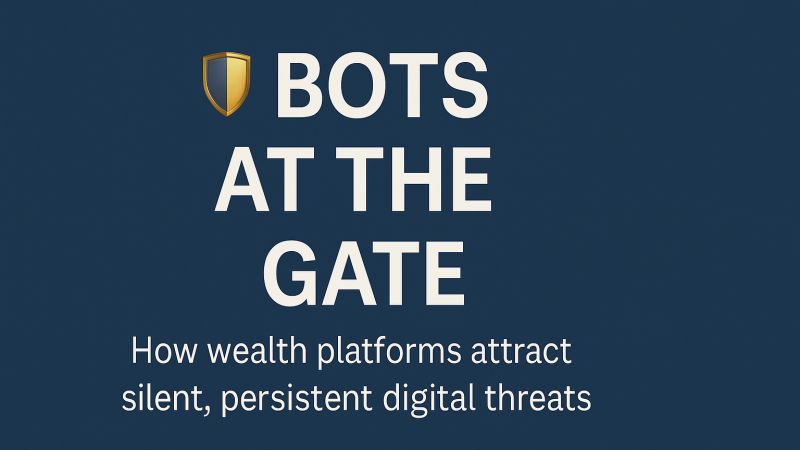What boutique access logs reveal about quiet, persistent digital attacks
🔍 I recently analysed access logs from a boutique wealth management blog public website.
Not for marketing performance — but for patterns.
What I found wasn’t investor interest or partner engagement. It was something else:
Hundreds of blocked requests. Silent. Repetitive. Probing. ⚠️
Here’s what stood out:
- 🌏 Hong Kong – disguised scrapers posing as Chrome
- 🕵️ Israel – spoofed browsers imitating outdated user agents
- 💻 US (AWS) – scans for login pages, debug logs, and RSS feeds
- 🔓 Russia – brute-force login attempts
- 🧭 France & Germany – sitemap crawlers from datacentre IPs
👀 These weren’t readers. They were testers — silently scanning for weaknesses.
💡 Why it matters:
Wealth management websites aren’t just about branding.
They reflect internal structure, technology choices, and operational trust.
Team bios, PDF metadata, CMS versions — all of these can become attack surfaces.
Smaller firms are often assumed to be under the radar. They’re not.
And without enterprise-grade cyber protection, they’re easier to target.
❓ If you manage client wealth, do you know who’s knocking at your digital door?
🔐 Five actions to strengthen your website security:
- 🔀 Rename or obscure CMS login URLs
- 🚫 Block outdated or suspicious browser agents
- 👣 Monitor paths like
/feed,/debug.log,/wp-login - 🧠 Use behavioural firewalls — not just IP blocklists
- 🔄 Keep all systems updated: CMS, plugins, themes
Clients trust you. Attackers test you.
Website security is part of your digital credibility.
Source: LinkedIn




